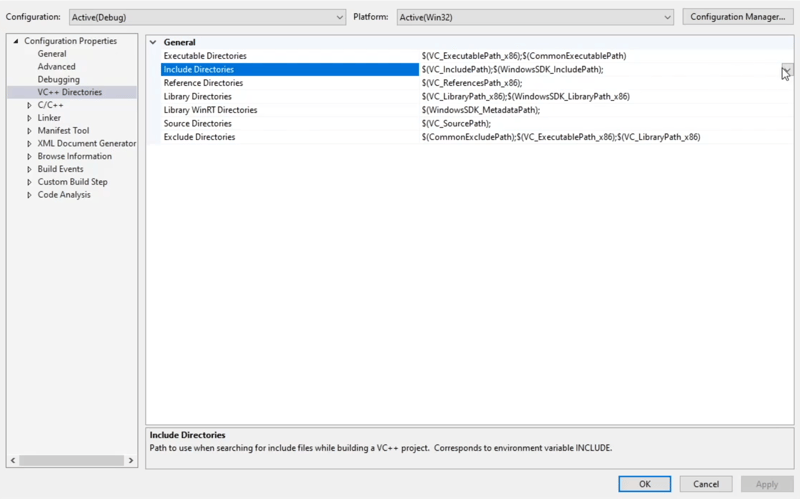Debounced Search with Client-side Filtering: A Lightweight Optimization for Large Lists
The Problem Rendering large datasets — like 1500+ city names in an autocomplete — can seriously affect performance. Without any optimization, each keystroke causes filtering + re-rendering, leading to lag and janky UX. The Solution: Debounced Client-side Search Instead of triggering filtering on every keystroke, debounce the input. This way, filtering is only triggered after the user stops typing for a brief moment — leading to smoother UI and less CPU usage. What Is Debouncing? Debouncing delays a function’s execution until a certain time has passed since its last invocation. It’s useful for expensive operations triggered by rapid-fire events. function debounce(fn, delay) { let timer; return (...args) => { clearTimeout(timer); timer = setTimeout(() => fn(...args), delay); }; } Or simply use lodash: import debounce from 'lodash.debounce'; How I Used It in My Project I had an input field that allowed users to search through 1500+ city names. Here’s the straightforward solution I implemented: const [searchTerm, setSearchTerm] = useState(''); const [filteredCities, setFilteredCities] = useState([]); const handleSearch = debounce((value) => { const results = cities.filter(city => city.toLowerCase().includes(value.toLowerCase()) ); setFilteredCities(results); }, 300); const handleChange = (e) => { const value = e.target.value; setSearchTerm(value); handleSearch(value); }; return ( ); This approach gave me: Instant responsiveness while typing Zero jank, even with 1500+ entries No need to bring in heavy libraries Why This Is Effective This method shines when: The list is large but manageable in memory You don’t need to paginate or scroll huge chunks of DOM Users expect fast results as they type When to Use Debounced Search Use this when: You have a list that can be filtered entirely in memory You want to prevent excessive computations on every keystroke Your primary goal is input smoothness, not virtual rendering Final Thoughts Don’t overengineer. For many use cases, client-side filtering + debounced input is all you need. It’s a simple, powerful trick to keep your app snappy and clean. Give it a try in your next search input — your users (and your performance metrics) will thank you. Full Code Snippet (Standalone Component) import React, { useState } from 'react'; import debounce from 'lodash.debounce'; const CitySearch = ({ cities }) => { const [searchTerm, setSearchTerm] = useState(''); const [filteredCities, setFilteredCities] = useState([]); const handleSearch = debounce((value) => { const results = cities.filter(city => city.toLowerCase().includes(value.toLowerCase()) ); setFilteredCities(results); }, 300); const handleChange = (e) => { const value = e.target.value; setSearchTerm(value); handleSearch(value); }; return ( {filteredCities.map((city, index) => ( {city} ))} ); }; export default CitySearch;

The Problem
Rendering large datasets — like 1500+ city names in an autocomplete — can seriously affect performance. Without any optimization, each keystroke causes filtering + re-rendering, leading to lag and janky UX.
The Solution: Debounced Client-side Search
Instead of triggering filtering on every keystroke, debounce the input. This way, filtering is only triggered after the user stops typing for a brief moment — leading to smoother UI and less CPU usage.
What Is Debouncing?
Debouncing delays a function’s execution until a certain time has passed since its last invocation. It’s useful for expensive operations triggered by rapid-fire events.
function debounce(fn, delay) {
let timer;
return (...args) => {
clearTimeout(timer);
timer = setTimeout(() => fn(...args), delay);
};
}
Or simply use lodash:
import debounce from 'lodash.debounce';
How I Used It in My Project
I had an input field that allowed users to search through 1500+ city names. Here’s the straightforward solution I implemented:
const [searchTerm, setSearchTerm] = useState('');
const [filteredCities, setFilteredCities] = useState([]);
const handleSearch = debounce((value) => {
const results = cities.filter(city =>
city.toLowerCase().includes(value.toLowerCase())
);
setFilteredCities(results);
}, 300);
const handleChange = (e) => {
const value = e.target.value;
setSearchTerm(value);
handleSearch(value);
};
return (
);
This approach gave me:
- Instant responsiveness while typing
- Zero jank, even with 1500+ entries
- No need to bring in heavy libraries
Why This Is Effective
This method shines when:
- The list is large but manageable in memory
- You don’t need to paginate or scroll huge chunks of DOM
- Users expect fast results as they type
When to Use Debounced Search
Use this when:
- You have a list that can be filtered entirely in memory
- You want to prevent excessive computations on every keystroke
- Your primary goal is input smoothness, not virtual rendering
Final Thoughts
Don’t overengineer. For many use cases, client-side filtering + debounced input is all you need. It’s a simple, powerful trick to keep your app snappy and clean.
Give it a try in your next search input — your users (and your performance metrics) will thank you.
Full Code Snippet (Standalone Component)
import React, { useState } from 'react';
import debounce from 'lodash.debounce';
const CitySearch = ({ cities }) => {
const [searchTerm, setSearchTerm] = useState('');
const [filteredCities, setFilteredCities] = useState([]);
const handleSearch = debounce((value) => {
const results = cities.filter(city =>
city.toLowerCase().includes(value.toLowerCase())
);
setFilteredCities(results);
}, 300);
const handleChange = (e) => {
const value = e.target.value;
setSearchTerm(value);
handleSearch(value);
};
return (
{filteredCities.map((city, index) => (
- {city}
))}
);
};
export default CitySearch;




























![[Webinar] AI Is Already Inside Your SaaS Stack — Learn How to Prevent the Next Silent Breach](https://blogger.googleusercontent.com/img/b/R29vZ2xl/AVvXsEiOWn65wd33dg2uO99NrtKbpYLfcepwOLidQDMls0HXKlA91k6HURluRA4WXgJRAZldEe1VReMQZyyYt1PgnoAn5JPpILsWlXIzmrBSs_TBoyPwO7hZrWouBg2-O3mdeoeSGY-l9_bsZB7vbpKjTSvG93zNytjxgTaMPqo9iq9Z5pGa05CJOs9uXpwHFT4/s1600/ai-cyber.jpg?#)














































































































































![[The AI Show Episode 144]: ChatGPT’s New Memory, Shopify CEO’s Leaked “AI First” Memo, Google Cloud Next Releases, o3 and o4-mini Coming Soon & Llama 4’s Rocky Launch](https://www.marketingaiinstitute.com/hubfs/ep%20144%20cover.png)





































































































































































































![Rogue Company Elite tier list of best characters [April 2025]](https://media.pocketgamer.com/artwork/na-33136-1657102075/rogue-company-ios-android-tier-cover.jpg?#)







































































_Andreas_Prott_Alamy.jpg?width=1280&auto=webp&quality=80&disable=upscale#)





































































































![Apple Watch Series 10 Back On Sale for $299! [Lowest Price Ever]](https://www.iclarified.com/images/news/96657/96657/96657-640.jpg)
![EU Postpones Apple App Store Fines Amid Tariff Negotiations [Report]](https://www.iclarified.com/images/news/97068/97068/97068-640.jpg)
![Apple Slips to Fifth in China's Smartphone Market with 9% Decline [Report]](https://www.iclarified.com/images/news/97065/97065/97065-640.jpg)



































































































































